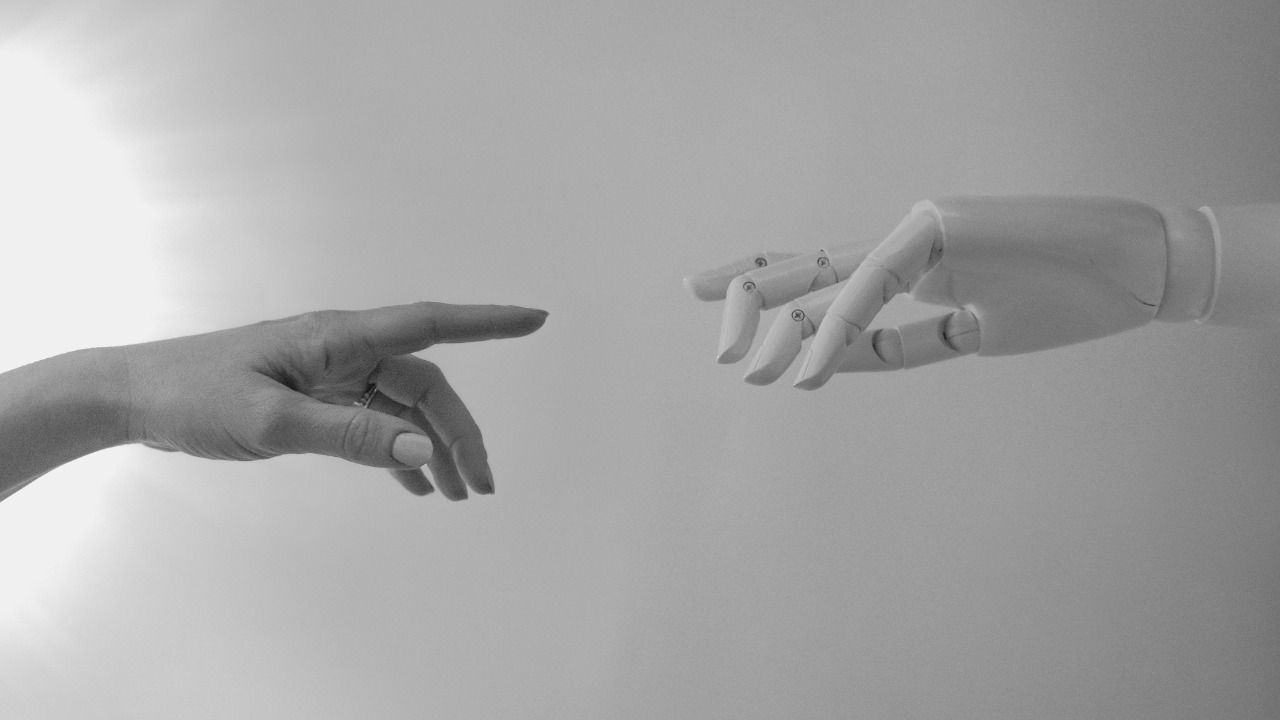
In a remarkable development, a human mathematician has achieved what many thought impossible: solving the centuries-old “kissing problem” in mathematics. This breakthrough, reported on October 23, 2025, showcases the enduring power of human intuition over advanced AI systems like Google DeepMind. The solution not only resolves a long-standing mathematical enigma but also opens new avenues for understanding sphere packing in higher dimensions, a field with implications for both theoretical and applied sciences.
The Kissing Problem Explained
The “kissing problem” is a classic mathematical puzzle that dates back to the 17th century. It was first posed by Isaac Newton and David Gregory, who questioned how many equal-sized spheres can touch a central sphere without overlapping. This seemingly simple query has intrigued mathematicians for centuries, evolving from a three-dimensional puzzle to more complex generalizations in higher dimensions. While solutions have been found for dimensions up to four, the problem remains unsolved in many higher dimensions, making it a tantalizing challenge for mathematicians and computer scientists alike.
Historically, the kissing problem has been linked to various fields, including coding theory and physics. Attempts to solve it have included proofs for dimensions up to 24, where the problem intersects with the study of lattice structures and error-correcting codes. These connections highlight the problem’s significance beyond pure mathematics, influencing areas such as data transmission and material science. Despite these advances, the problem’s complexity increases exponentially with each additional dimension, leaving many questions unanswered.
Google DeepMind’s AI Approach
Google DeepMind, known for its cutting-edge AI research, has applied its expertise to the kissing problem using reinforcement learning and neural networks. These techniques allow the AI to explore sphere arrangements computationally, seeking optimal configurations. While the AI has succeeded in approximating solutions for lower dimensions, it struggles to provide rigorous proofs for higher dimensions due to the combinatorial explosion of possibilities. This limitation underscores the challenges AI faces in tackling problems that require deep mathematical insight.
Despite these challenges, DeepMind’s AI has generated novel configurations that have advanced understanding in certain dimensions. However, it has yet to resolve the core conjecture in dimension eight, a critical milestone in the field. This highlights a key limitation of current AI approaches: while they excel at processing vast amounts of data, they often lack the intuitive leaps that characterize human problem-solving, particularly in abstract domains like mathematics.
The Human Breakthrough
The mathematician who achieved this breakthrough on October 23, 2025, leveraged classical geometric insights that AI methods had overlooked. By employing a novel construction using symmetry groups, the mathematician confirmed the maximum number of kissing spheres in the previously unsolved dimension. This elegant solution contrasts sharply with the brute-force tactics often employed by AI, emphasizing the unique role of human intuition in pattern recognition and problem-solving.
This achievement not only resolves a long-standing mathematical puzzle but also demonstrates the potential for human ingenuity to complement and enhance AI capabilities. By combining classical techniques with modern computational tools, the mathematician has set a new standard for tackling complex mathematical challenges, highlighting the importance of hybrid approaches in advancing both fields.
Implications for Math and AI
The solution to the kissing problem has significant implications for the broader sphere-packing problem, a fundamental question in mathematics with applications in cryptography and materials science. By advancing understanding in this area, the breakthrough could lead to new methods for optimizing data storage and improving material properties, with potential benefits across various industries.
This development also underscores the need for collaboration between human mathematicians and AI systems in pure mathematics. While AI can process vast amounts of information and identify patterns, human intuition remains crucial for making the conceptual leaps necessary to solve complex problems. As AI continues to evolve, fostering hybrid human-AI collaborations could unlock new possibilities in mathematical research and beyond.
Looking ahead, the insights gained from solving the kissing problem may inspire future applications, such as optimizing data storage systems based on the efficient packing of spheres. By drawing on both human creativity and AI’s computational power, researchers can continue to push the boundaries of what is possible in mathematics and related fields.
More from MorningOverview